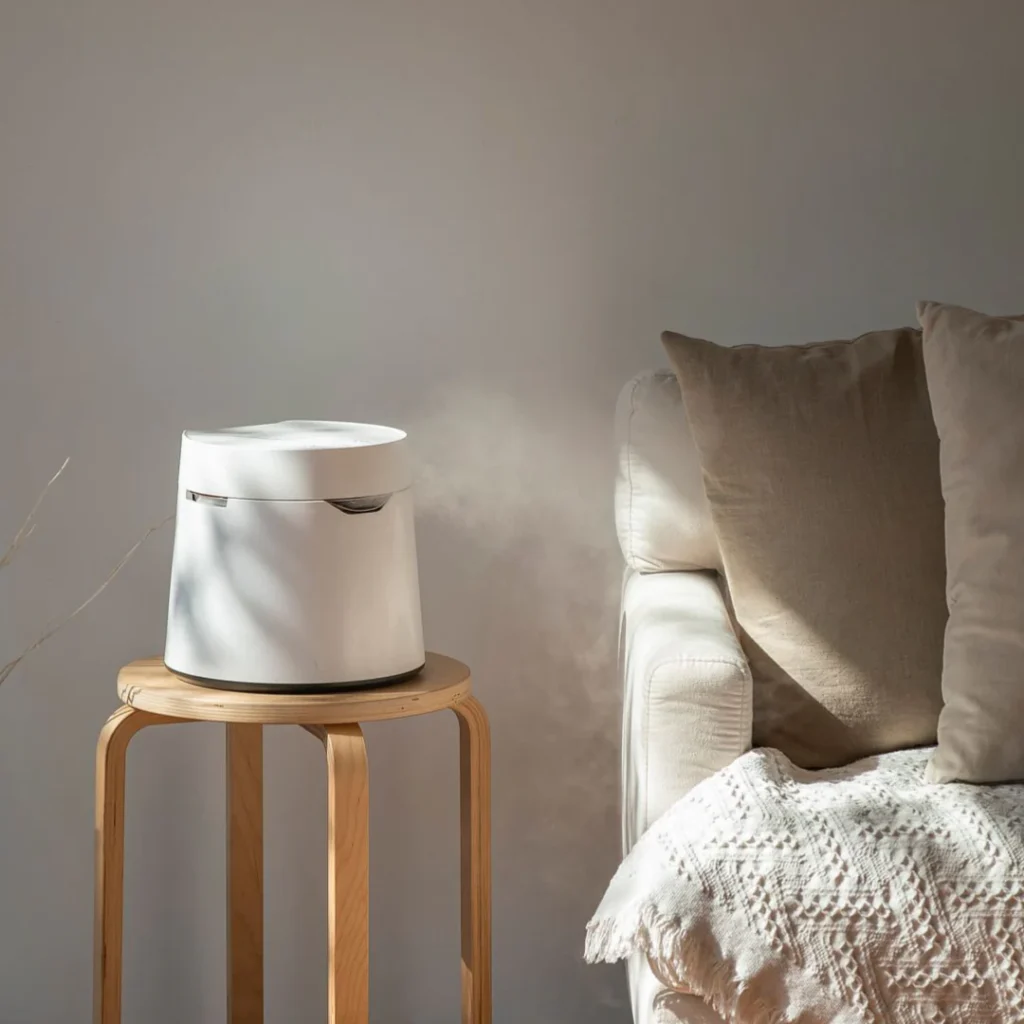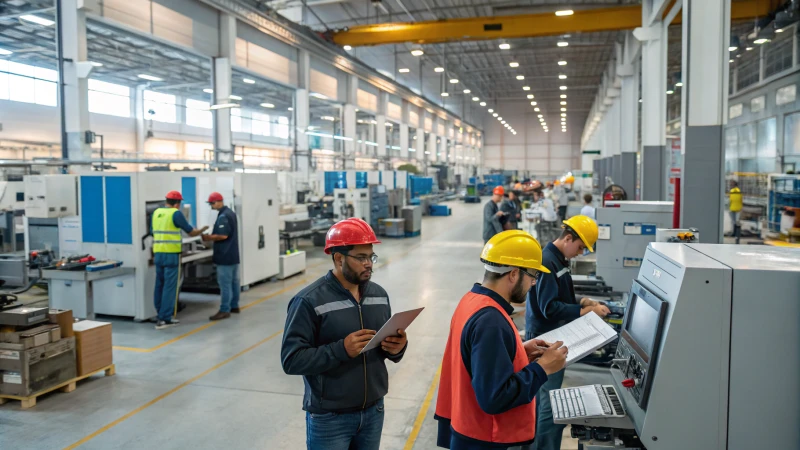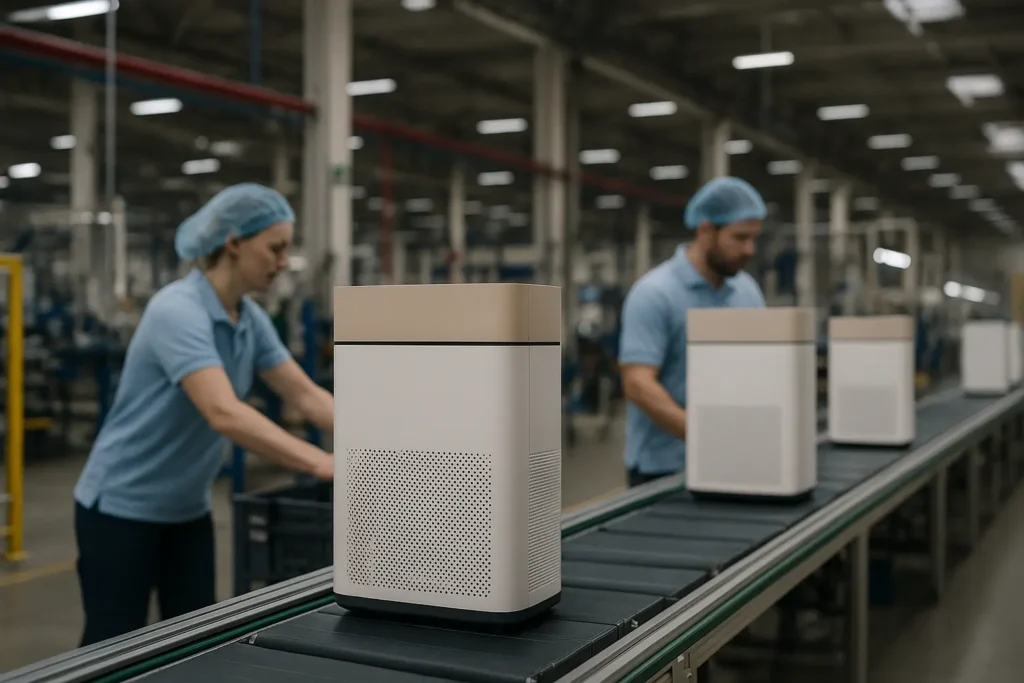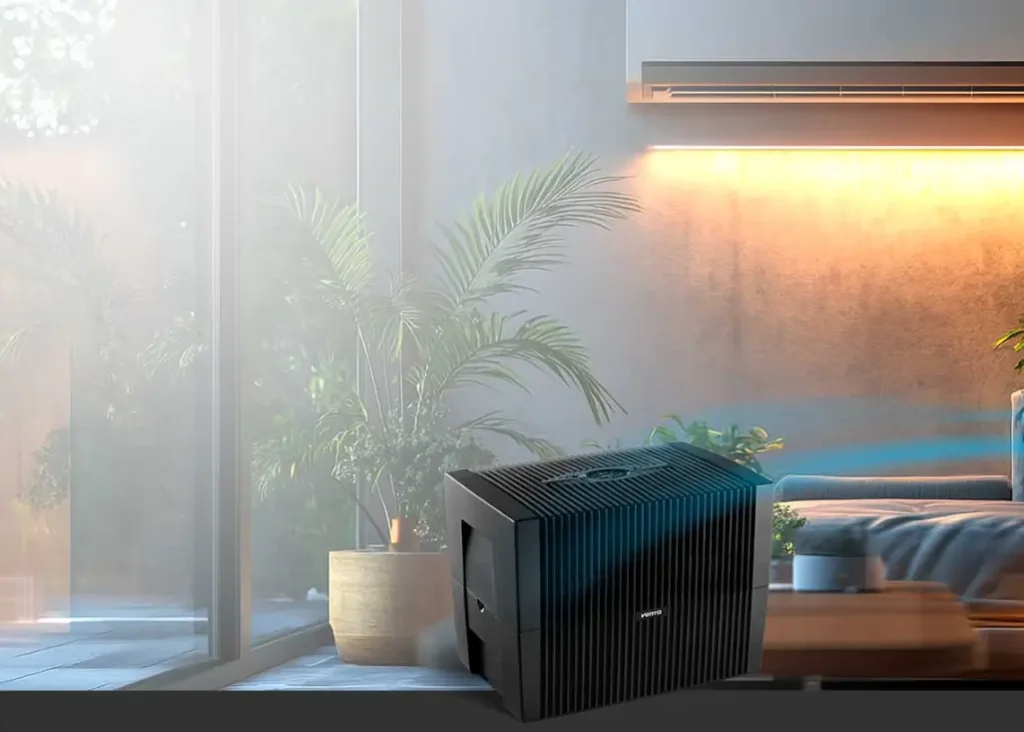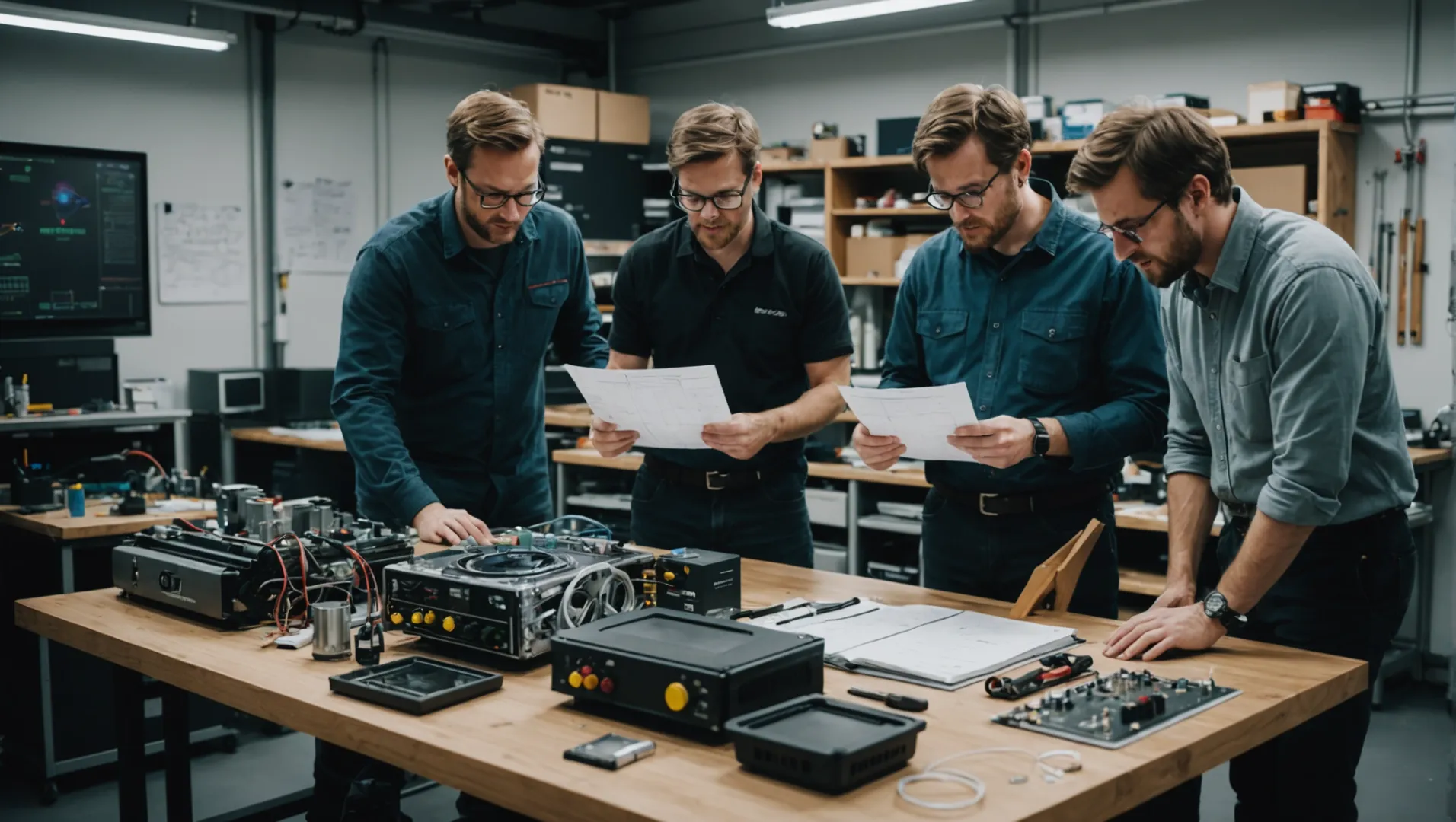
В конкурентном мире разработки воздухоочистителей для создания успешного продукта требуется не только отличная идея.
Прототипы имеют решающее значение при разработке воздухоочистителей, поскольку они помогают проверить такие показатели, как CADR, воздушный поток, размер и уровень шума. Они также обеспечивают ценные отзывы о рынке, помогают управлять затратами и оценивать возможности поставщиков.
Хотя прототипы сразу же дают представление о производительности и дизайне, их влияние выходит за рамки технической сферы. Понимание более широких последствий тестирования прототипов может значительно повысить инновационность продукта и его готовность к выходу на рынок. Давайте подробнее рассмотрим, как прототипы влияют на все аспекты разработки воздухоочистителей.
Прототипы помогают сократить расходы на разработку воздухоочистителей.Правда
Прототипы выявляют возможности экономии за счет доработки дизайна на ранних этапах, что позволяет сократить производственные расходы.
Какие ключевые показатели эффективности оцениваются при создании прототипа воздухоочистителя?
Испытания прототипов имеют решающее значение для обеспечения соответствия воздухоочистителей высоким стандартам производительности.
Ключевые показатели эффективности при создании прототипа воздухоочистителя включают CADR, воздушный поток, размер и уровень шума. Оценка этих параметров гарантирует эффективность, производительность и готовность устройства к выходу на рынок.

Коэффициент подачи чистого воздуха (CADR)
CADR это важный показатель, который указывает на объем чистого воздуха, который воздухоочиститель может обеспечить в минуту. Он измеряет способность прибора отфильтровывать дым, пыльцу и пыль, давая всестороннюю оценку его работы. Более высокий CADR означает более высокую эффективность очистки воздуха, что делает его критически важным фактором при создании прототипов.
Поток воздуха
Под воздушным потоком понимается количество воздуха, которое очиститель может циркулировать в помещении за определенный промежуток времени. Для достижения оптимальной производительности очень важно, чтобы поток воздуха соответствовал размеру помещения. При создании прототипа настройка параметров воздушного потока помогает сбалансировать скорость очистки и энергоэффективность, способствуя повышению общей эффективности устройства.
Размер и портативность
Физические размеры воздухоочистителя влияют на удобство его использования и привлекательность на рынке. При создании прототипа важно оценить, соответствует ли размер ожиданиям потребителей. Компактный дизайн может подходить для личных помещений, в то время как более крупные устройства могут быть идеальны для промышленного использования. Баланс между размерами и производительностью - ключ к удовлетворению разнообразных потребностей потребителей.
Уровни шума
Оценка уровня шума имеет решающее значение для обеспечения комфорта пользователей, особенно в домашних и офисных условиях. Прототипирование позволяет разработчикам тестировать различные скорости вращения вентиляторов и модификации конструкции для минимизации шума без снижения производительности. Снижение уровня шума повышает удовлетворенность пользователей и расширяет рыночную привлекательность.
Эффективность затрат за счет создания прототипов
Прототипы не только проверяют технические параметры, но и помогают уточнить стратегию расходов. Понимание Сводная ведомость материалов1Производители могут оптимизировать производственные затраты без ущерба для качества. Этот этап обеспечивает интеграцию показателей производительности и экономической эффективности в конечный дизайн продукта.
Более высокий CADR указывает на более высокую эффективность очистки воздуха.Правда
CADR измеряет объем чистого воздуха, подаваемого в минуту.
При создании прототипов воздухоочистителей не учитывается уровень шума.Ложь
Уровень шума имеет решающее значение для комфорта пользователя и проверяется при создании прототипа.
Как прототипы могут повлиять на управление затратами при разработке воздухоочистителей?
Прототипы играют ключевую роль в управлении затратами при разработке воздухоочистителей.
Способствуя раннему тестированию дизайна и функций, прототипы помогают выявить потенциальные возможности экономии, оптимизировать распределение ресурсов и снизить финансовые риски, связанные с массовым производством.
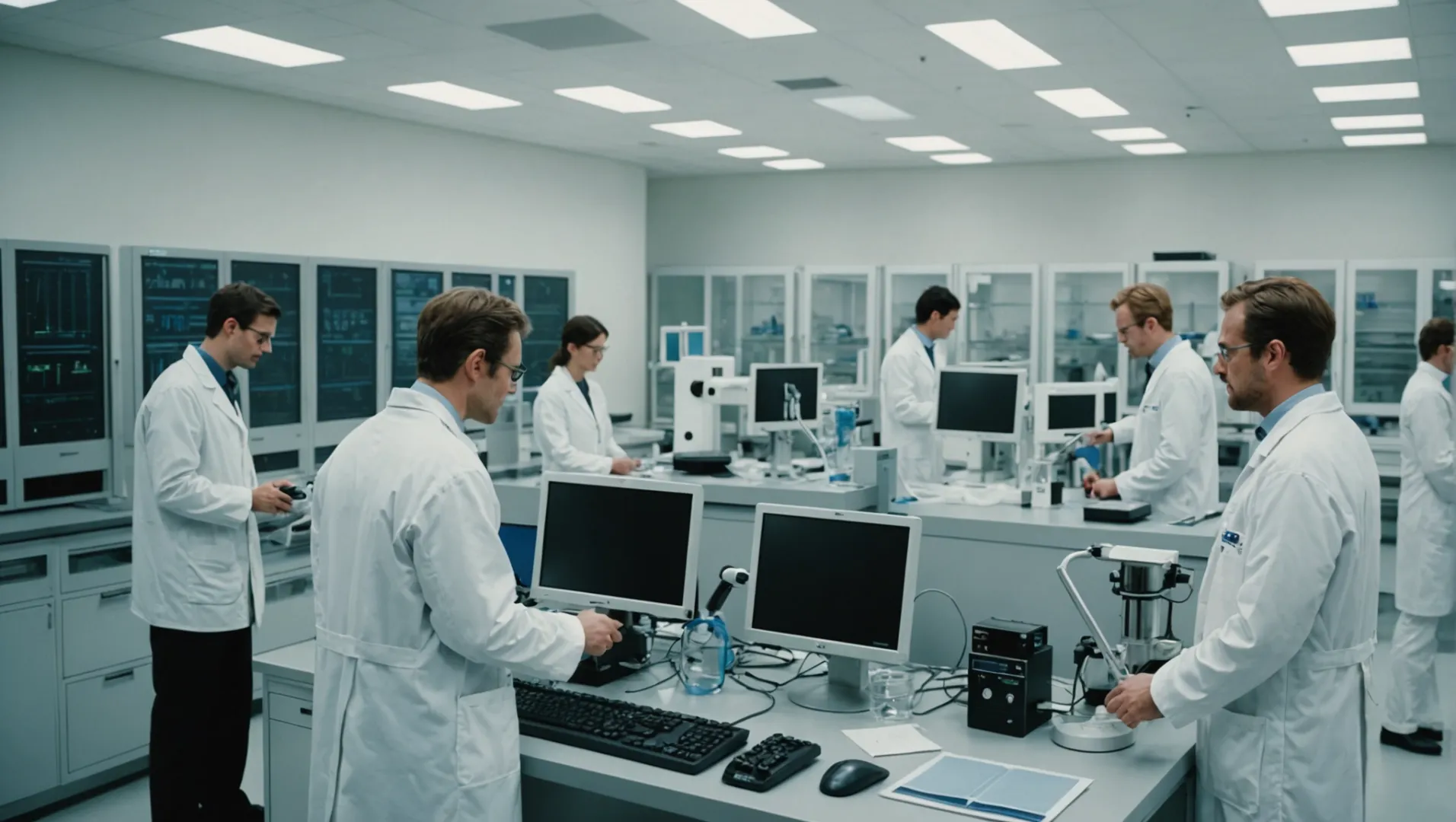
Прототипы как инструмент для анализа затрат
Разработка воздухоочистителя - дорогостоящее мероприятие, где каждое решение может существенно повлиять на общий бюджет. Используя прототипы, разработчики могут тестировать и совершенствовать основные показатели эффективности2 например, CADR (Clean Air Delivery Rate), расход воздуха и уровень шума, прежде чем приступить к использованию дорогостоящих производственных инструментов. Раннее тестирование помогает выявить области, где можно сократить расходы без ущерба для качества.
Например, если прототип показывает, что определенный элемент конструкции приводит к чрезмерному шуму, инженеры могут поэкспериментировать с альтернативными материалами или структурными изменениями, чтобы достичь желаемых характеристик при меньших затратах. Такие знания бесценны для создания более экономичного конечного продукта.
Обратная связь с рынком и управление затратами
Функциональные прототипы также играют решающую роль на начальном этапе маркетинга, привлекая первых покупателей. Обратная связь с рынком на ранних этапах помогает разработчикам принимать обоснованные решения о том, какие функции следует сделать приоритетными или исключить, тем самым оптимизируя процесс проектирования и разработки продукта. Такая обратная связь может снизить последующие раунды инвестиций в оснастку, которые, как известно, являются дорогостоящими в производстве воздухоочистителей.
Рассмотрим сценарий, в котором отзывы клиентов говорят о том, что определенная функция менее важна. В этом случае разработчики могут принять решение о выделении ресурсов в другом месте, оптимизируя стратегию управления затратами.
| Преимущества прототипа | Последствия затрат |
|---|---|
| Раннее тестирование производительности | Сокращение непредвиденных расходов на производстве |
| Отзывы о рынке | Оптимизация приоритетности функций |
| Оценка поставщиков | Обеспечьте долгосрочную экономическую эффективность |
Оценка поставщиков с помощью прототипирования
Прототипирование служит эталоном для оценки надежности поставщика и его возможностей в области разработки. Если поставщик не может предоставить прототип, отвечающий проектным спецификациям, это может указывать на потенциальные проблемы с будущим производством. Выбор правильного поставщика имеет решающее значение, поскольку смена поставщика после изготовления прототипа может повлечь за собой значительные альтернативные издержки.
Оценив способность поставщика создать функциональный прототип, разработчики могут определить его долгосрочную перспективность в качестве партнера. Такая оценка помогает снизить риски и гарантирует, что выбранный поставщик сможет эффективно управлять затратами при сохранении качества.
Ускорение сроков разработки
Менее известным преимуществом прототипирования является его способность ускорять общие сроки разработки, что неизбежно влияет на управление затратами. Поставщики часто используют функциональные прототипы для тестирования таких процессов, как ЧПУ обработка или UL/ETL сертификации, что позволяет сэкономить несколько недель на запуске продукта.
Сокращая эти сроки, компании могут быстрее выводить продукты на рынок, минимизируя затраты на содержание и максимизируя потенциальный доход от ранних продаж. Например, сокращение сроков разработки на 4-8 недель может привести к существенной экономии накладных расходов и обеспечить конкурентное преимущество на рынке.
Прототипы снижают затраты на производство воздухоочистителей.Правда
Прототипы выявляют возможности экономии, минимизируя финансовые риски.
Отказ от прототипов ускоряет разработку воздухоочистителей.Ложь
Создание прототипов ускоряет сроки за счет ранней доработки дизайна.
Почему оценка поставщиков имеет решающее значение при испытании прототипов?
Оценка поставщиков во время тестирования прототипа может сделать или разрушить успех вашего продукта.
Оценка поставщиков во время испытаний прототипов обеспечивает надежность, возможности и управление затратами, гарантируя успех проекта.
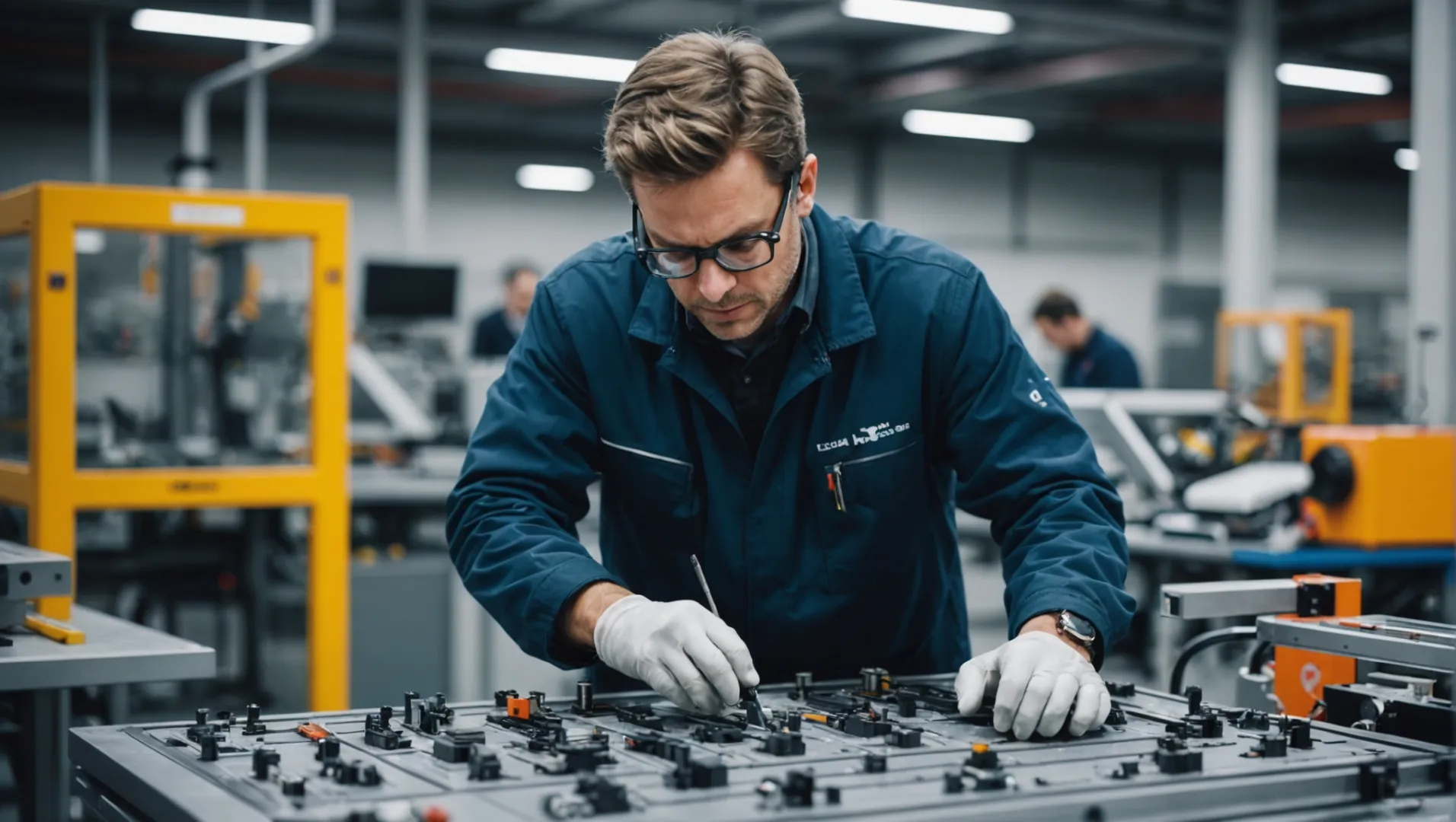
Оценка надежности и возможностей поставщика
При разработке прототипа надежность и возможности поставщика подвергаются испытанию. A способность поставщика3 для работы со сложными и замысловатыми конструкциями имеет решающее значение. Если поставщик не справляется со сложным прототипом, это указывает на потенциальные проблемы с его способностью поддерживать полномасштабное производство. Смена поставщика после изготовления инструмента может привести к значительным временным затратам и задержкам в реализации проекта.
Важность анализа затрат
Управление затратами - важный аспект любого нового проекта. Во время тестирования прототипов поставщики предоставляют ведомость материалов (Bill of Materials).BOM), который имеет решающее значение для определения цены за единицу продукции. Такой ранний анализ затрат позволяет компаниям эффективно управлять расходами поставщиков, обеспечивая соответствие продукта целям розничной цены и сохраняя его конкурентоспособность на рынке.
| Аспект | Соображения |
|---|---|
| BOM Точность | Убедитесь, что поставщик предоставляет подробные спецификации |
| Целевая розничная цена | Выровнять BOM затраты при использовании стратегий розничного ценообразования |
Ускорение сроков разработки
Компетентный поставщик может ускорить процесс разработки, проведя функциональные испытания и предоставив ЧПУ прототипы для таких сертификатов, как UL или ETL. Это может потенциально сократить сроки на 4-8 недель, что дает конкурентное преимущество на быстро меняющихся рынках. Таким образом, выбор поставщика, способного эффективно поддерживать эти процессы, имеет решающее значение для быстрого выхода на рынок.
Потенциал долгосрочного партнерства
Испытание прототипов связано не только с сиюминутными потребностями проекта, но и с оценкой того, сможет ли поставщик стать долгосрочным партнером. Последовательная работа, гибкость в решении непредвиденных проблем и прозрачная коммуникация на этапе создания прототипа отражают потенциал поставщика для долгосрочного сотрудничества.
Таким образом, оценка поставщиков во время тестирования прототипов играет ключевую роль в обеспечении плавного, экономически эффективного и своевременного процесса разработки продукта, создавая основу для будущих партнерских отношений и успеха на рынке.
Переход к другому поставщику после завершения инструментальной обработки увеличивает альтернативные издержки.Правда
Смена поставщика после изготовления инструмента может привести к задержке проекта и дополнительным расходам.
Точность спецификации не имеет значения для стратегий розничного ценообразования.Ложь
Точные спецификации необходимы для приведения затрат в соответствие с розничными ценами.
Как испытания прототипов ускоряют выход на рынок воздухоочистителей?
Испытания прототипов играют ключевую роль в сокращении времени вывода воздухоочистителей на рынок за счет оптимизации дизайна и функций на ранних этапах.
Испытания прототипов ускоряют вывод воздухоочистителя на рынок благодаря уточнению конструкции, проверке характеристик и сбору отзывов на ранних этапах, что сокращает время, необходимое для внесения изменений.
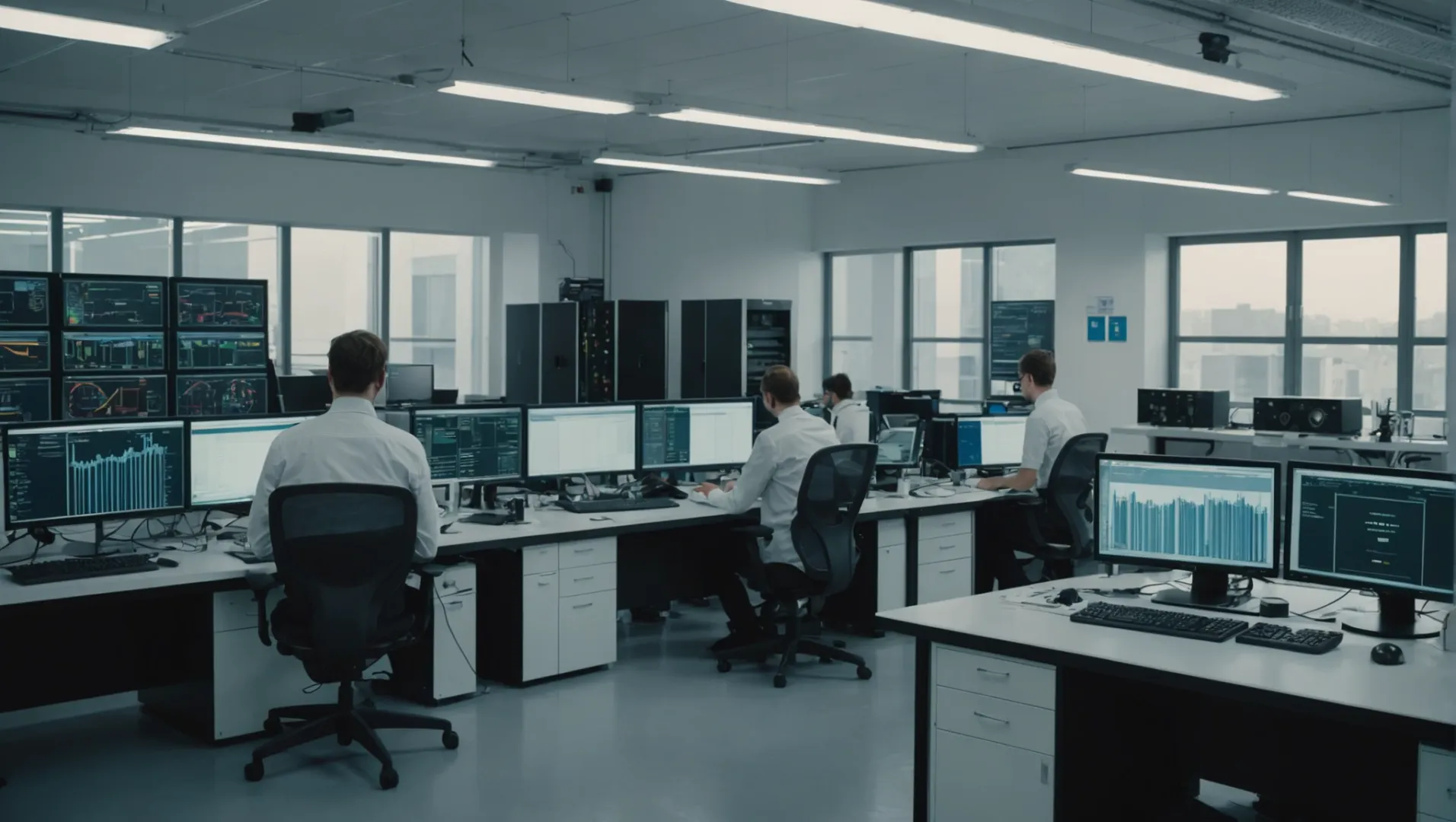
Доработка дизайна и функциональности
Один из основных способов ускорения вывода продукции на рынок - тестирование прототипов, позволяющее командам выявить и устранить недостатки конструкции до начала полномасштабного производства. Изучая важнейшие показатели производительности4 такие как коэффициент подачи чистого воздуха (CADR), воздушного потока и уровня шума, разработчики могут внести необходимые изменения на ранних этапах процесса. Такой упреждающий подход позволяет избежать дорогостоящих переделок в дальнейшем.
Получение отзывов на ранних этапах развития рынка
Функциональные прототипы служат ценным инструментом для сбора первых отзывов на рынке. Компании могут представлять эти прототипы своим клиентам, чтобы оценить их реакцию. Эта стратегия не только помогает понять потребности потребителей, но и позволяет получить сведения, необходимые для уточнения маркетинговых стратегий.
Оптимизация управления затратами
Создание прототипа позволяет производителям разработать спецификацию материалов (BOM), что очень важно для анализа затрат. Этот шаг помогает установить реалистичную розничную цену, которая соответствует ценам конкурентов и при этом обеспечивает прибыльность. Кроме того, используя функциональный прототип5Компании могут принимать взвешенные решения об инвестициях в оснастку, которые обычно высоки для воздухоочистителей.
Оценка надежности поставщика
Испытания прототипов могут сыграть важную роль в оценке возможностей потенциальных поставщиков. Если поставщик не может предоставить высококачественный прототип, это может указывать на потенциальные проблемы в серийном производстве, побуждая компании пересмотреть свой выбор поставщика. Такой процесс оценки снижает риски, связанные с надежностью поставщика.
Ускорение процесса сертификации
Прототипы могут использоваться для предварительных сертификационных испытаний, таких как UL или ETL тестирование, которое помогает выявить проблемы соответствия на ранней стадии. Такая практика позволяет сэкономить несколько недель в общем графике разработки, что обеспечивает более быстрый выход на рынок.
Благодаря использованию этих стратегий тестирование прототипов эффективно сокращает путь от концепции до запуска продукта, повышая конкурентоспособность воздухоочистителей на рынке.
Испытания прототипов снижают затраты на перепроектирование воздухоочистителей.Правда
Раннее выявление недостатков конструкции позволяет избежать дорогостоящих доработок в дальнейшем.
Прототипы воздухоочистителей не могут быть использованы для сертификационных испытаний.Ложь
Прототипы используются для предварительных сертификационных испытаний, чтобы сэкономить время.
Заключение
Прототипы незаменимы для обеспечения успеха воздухоочистителей, поскольку позволяют уточнить дизайн и функциональность, облегчают выход на рынок и оптимизируют затраты. Воспользуйтесь прототипированием, чтобы усовершенствовать стратегию разработки продукта и обеспечить себе конкурентное преимущество.
-
Поймите, как BOM влияет на эффективность затрат при проектировании продукции: Ведомость материалов - это обширный список сырья, материалов, компонентов и инструкций, необходимых для конструирования, производства или ремонта продукта или услуги. ↩
-
Узнайте о важнейших показателях, на основе которых принимаются решения о проектировании воздухоочистителей: Наш прототип позволяет отображать качество воздуха, а также соответствующие ключевые показатели эффективности (KPI) в обработанном виде. При правильном выборе KPIs ... ↩
-
Узнайте, как эффективно оценить возможности поставщика..: Уделите пристальное внимание качеству, возможностям, рискам, затратам и ценам, а также пяти ключевым факторам, которые необходимо учитывать при оценке нового или существующего поставщика. ↩
-
Узнайте, какие показатели имеют решающее значение для оценки прототипа..: Эффективность воздухоочистителя зависит от трех ключевых показателей: эффективности фильтра, скорости воздушного потока и формы воздушного потока. ↩
-
Узнайте, почему функциональные прототипы жизненно важны для экономически эффективного производства..: Функциональные прототипы помогают выявить и снизить риски на ранних этапах процесса разработки, уменьшая вероятность дорогостоящих ошибок или ... ↩



